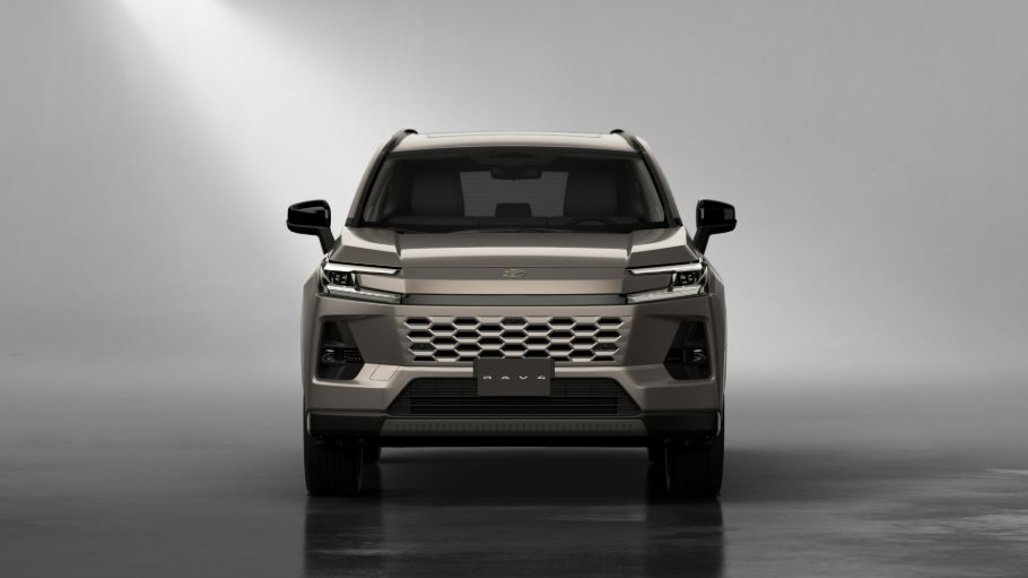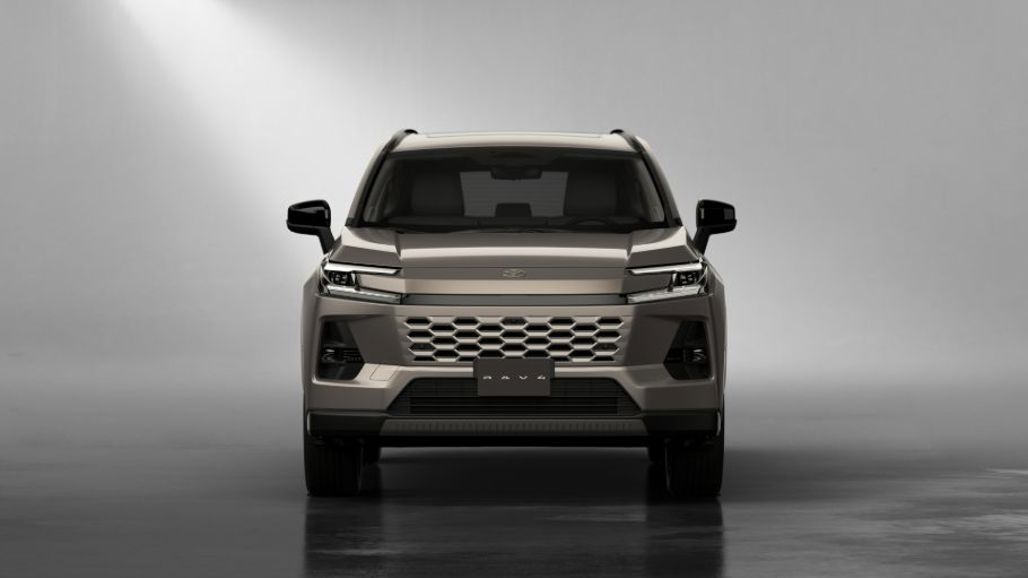- Japanese giant won't chase Chinese rivals big electric range in PHEVs.
- Chinese and European brands have pivoted toward PHEV models in recent years.
- Toyota's new RAV4 PHEV will offer around 100km of electric range, which the company says is 'a good balance'.
Toyota in Europe says 100km of electric driving range is a “good balance” for a plug-in hybrid, and it won’t chase new Chinese rivals to 200km or more, according to a report in industry source, Automotive News.
The brand’s European head of product and marketing, Andrea Carlucci, told Automotive News to do so would be too expensive.
“To install bigger batteries in a vehicle that is not a battery electric vehicle is more costly because you put in more components,” he said.
His comments aligned with those of Hyundai Europe’s CEO who said increasing the complexity of plug-in hybrids or range-extender vehicles will make the transition to fully electric vehicles longer and longer.

The proliferation of plug-in hybrids across Europe and China may be an insight for things to come in our part of the world, particularly as theAustralian government’s New Vehicle Efficiency Standard begins to clamp down on combustion engined vehicles and popular plugless hybrids later in the decade.
BYD and Geely are both looking to launch plug-in hybrids with 200km or more of electric driving range, with XPeng recently announcing it is targeting up to 430km of EV driving range in an upcoming range-extender hybrid model.
Plug-in hybrids had a slow start locally, but momentum recently picked up off the back of an explosion of new models available at lower-than-before price-points.

The technology has the potential to transform some segments, with the BYD Shark 6 and GWM Cannon Alpha utes offering drivers a rare reprieve from diesel engines.
Chinese automakers and some European brands, including the Volkswagen Group, have pivoted toward plug-in and range-extender hybrid models in recent years as they correct from a post-covid explosion of interest in electric vehicles.
XPeng told media at the announcement of its new range-extender system that it needed to pivot away from being an EV-only brand and that hybrids were required for the brand’s global export ambitions.

Stellantis and Nio are investing in battery-swapping infrastructure as a way around charging infrastructure limitations in some markets.
The 2026 Toyota RAV4 is equipped with a 22.7kWh battery pack, dual electric motors, and a 2.5-litre four-cylinder petrol engine, targeting a WLTP certified EV range of 100km. It will be able to charge on both AC (at 11kW) and DC (at 50kW).
The brand’s Australian Vice President of Sales Marketing and Franchise Operations, Sean Hanley, recently told CarsGuide there is big potential for plug-in hybrid tech.

“It’s going to go gangbusters. Especially in the later part of the decade when I think you’re going to find battery technology will have evolved to a point where you’re going to get a fairly decent range on an EV charge,” said Hanley.
In contrast to comments out of the European division, he predicts 200km of range will be more reasonable for markets like ours.
“It’s still not going to be 500kms because you might as well go a BEV if you’re going to do that. If you had 200km of range for a PHEV, that’s a very good technology for Australia. So I think PHEVs will rise” he said.
Current rivals to the incoming RAV4 PHEV include the BYD Sealion 6 (81km of EV driving range), the Mitsubishi Outlander PHEV (84km of EV driving range), the GWM Haval H6 GT (180km of EV driving range), and the incoming Chery Tiggo 7 PHEV (95km of EV driving range).
- Tom White, deputy news editor.




